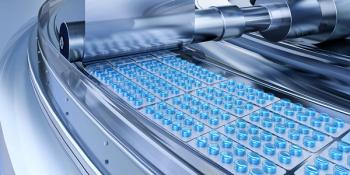
FDA Releases New Bioanalytical Methods Tables for New Drug and Biologic Applications
The tables can be used for new drug applications, biologics license applications, and supplements to these applications.
FDA released new tables in September 2019 for new drug and biologic applications that provide information about bioanalytical methods for pharmacokinetic assessments, according to a
The guidance is comprised of three tables, as defined by FDA below:
- “Table 1. Bioanalytical Method Life Cycle Information: We recommend that you prepare Table 1 in landscape format for your submission.
- Table 2a. Summary Method Performance: Table 2a can be used to provide information for each bioanalytical method used to evaluate pharmacokinetic concentrations, using one method per analyte per table.
- Table 2b. Summary of Method Modifications and Cross-Validation Results: If the method described in Table 2a was modified, describe the modifications and cross- validation results can be described in Table 2b.”
“This guidance provides ready-to-use templates that sponsors can use to submit summaries of bioanalytical methods used in clinical pharmacology studies that involve pharmacokinetic concentration evaluation,” the guidance said. “The templates in this guidance are applicable to bioanalytical procedures such as chromatographic assays (CCs) and ligand-binding assays (LBAs) that quantitatively determine the levels of drugs and their metabolites and therapeutic proteins in biological matrices such as blood, serum, plasma, urine, and tissue such as skin.”
The tables can be used for new drug applications, biologics license applications, and supplements to these applications. FDA recommends removing rows and columns from the tables and including them as an Appendix in the “Summary of Biopharmaceutics” section.
Source:
Newsletter
Get the essential updates shaping the future of pharma manufacturing and compliance—subscribe today to Pharmaceutical Technology and never miss a breakthrough.





